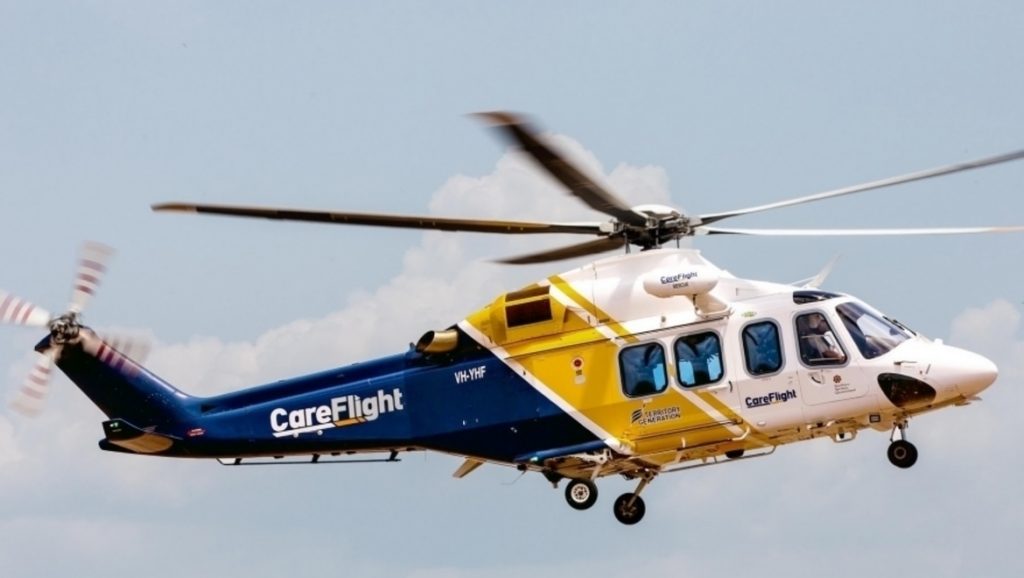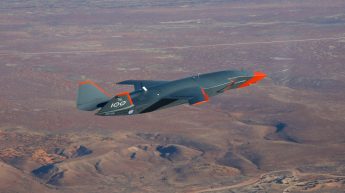
An ATSB investigation has concluded that a failure to check flight instruments was one of the reasons why a CareFlight AW139 nearly crashed searching for a fishing vessel at night.
At one point, the two-year investigation revealed, an aircrew officer shouted “Climb! Climb! Climb!” as the helicopter “lost control of vertical speed” and dropped to just 31 feet above ground level.
However, a “reversion to standard patter and practice drills” allowed the crew to recover, despite vision also being affected by bushfire smoke.
The ATSB’s director of transport safety, Stuart Macleod, pointed out the effect of smoke on the pilot’s actions in his analysis of the incident in 13 May 2018.
“During the approach to hover in a degraded visual environment, searching outside for visual cues drew the pilot’s attention away from the flight instruments,” Macleod said. “This resulted in flight instruments not being referenced when they were needed.
“With the aircrew officer in the helicopter’s main cabin, in anticipation of having to operate the winch, rather than next to the pilot in the cockpit, this negated the benefit of having a trained and competent crew member to assist the pilot, resulting in a degraded monitoring capability in the approach to hover.
“The crew’s use of standard patter and practiced drills allowed them to recover the situation and avert an accident.”
The ATSB added that the incident, which took place in Darwin, Northern Territory, underlines the need for pilots to be aware of the human factor hazards associated with a loss of visual references.
“Pilots can protect themselves by maintaining the use of instrument scans in approaches at night, and making use of monitoring by trained and available crewmembers,” Macleod said.
“Instrument flight rules (IFR) pilots in IFR-rated aircraft should prioritise the use of inadvertent instrument meteorological conditions drills and pre-planned exit routes over recovery of visual meteorological conditions.”
Since the incident, the helicopter’s operator, CareFlight, introduced three new risk controls to prevent a similar occurrence, including updating standard operating procedures with stabilised approach criteria to require an immediate go-around if the aircraft leaves a prescribed range of parameters, and improved auto hover functions advice.
In addition, the ground-based training syllabus now incorporates controlled flight into terrain avoidance training.
You can read the full report here.















